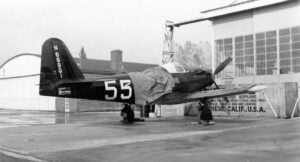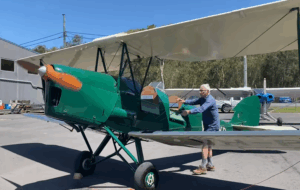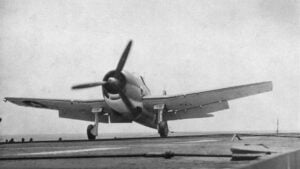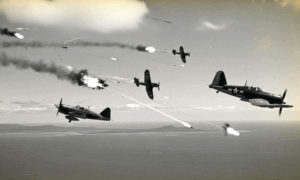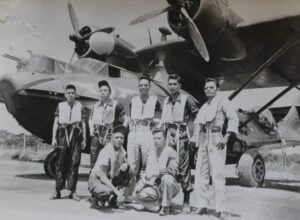This Was One Of WW2’s Most Dangerous Pilot Missions
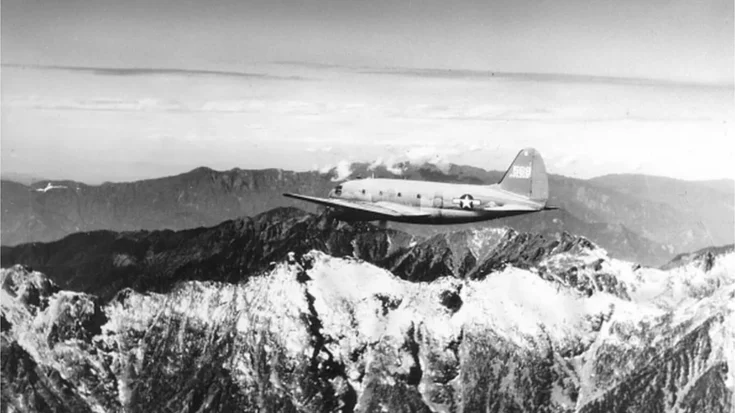
YouTube / The Aviation Show
Between 1942 and 1945, American pilots flew what became one of the most dangerous and grueling airlift operations in military history—flying supplies from India to China over the treacherous Himalayas. Known as “the Hump,” this mission was both a logistical miracle and a pilot’s worst nightmare. Yet today, it remains one of the most overlooked chapters of World War II.

The Lifeline to China
After Japan seized Burma in 1942, the Allies lost their last overland supply route into China. To keep Chiang Kai-shek’s armies in the fight and pin down over a million Japanese troops, the United States launched a desperate aerial lifeline from northern India to Chinese airfields like Kunming. There was no choice. If China collapsed, Japan would be free to refocus its military might across the Pacific.
At first, only 25 cargo planes—underpowered Douglas C-47s and their variants—were tasked with the mission. The aircraft, flying unarmed and without modern navigation aids, were expected to thread their way over mountains that soared to 20,000 feet. Turbulence could drop a plane thousands of feet in seconds, and sudden Himalayan storms frequently blinded even the most seasoned crews.
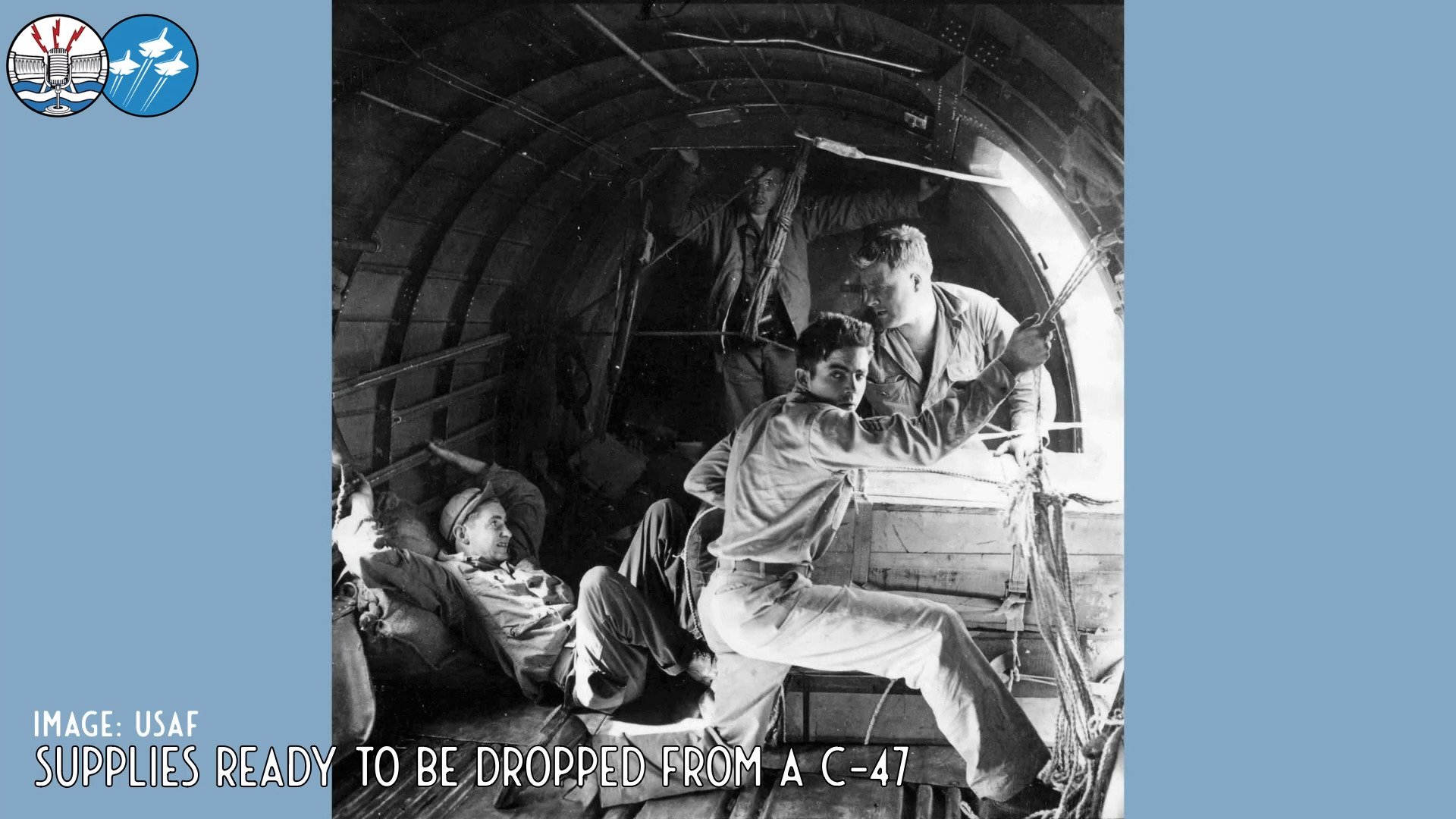
A Death Trap in the Sky
The operation grew fast. By 1943, the Air Transport Command had 142 aircraft with five full crews per plane. Eventually, more than 700 aircraft supported by 84,000 personnel were flying 1,000-mile round trips over the Hump, often every two minutes. At the operation’s peak, 10,000 tons of supplies were being delivered per month.
But the cost was staggering. At least 700 aircraft went down—some estimates place the number even higher. More than 1,200 airmen lost their lives. As one pilot recalled, “Every 340 tons delivered cost the life of a pilot.” Even survival wasn’t guaranteed; those who bailed out faced isolation in impenetrable jungle, disease, and sometimes tigers.
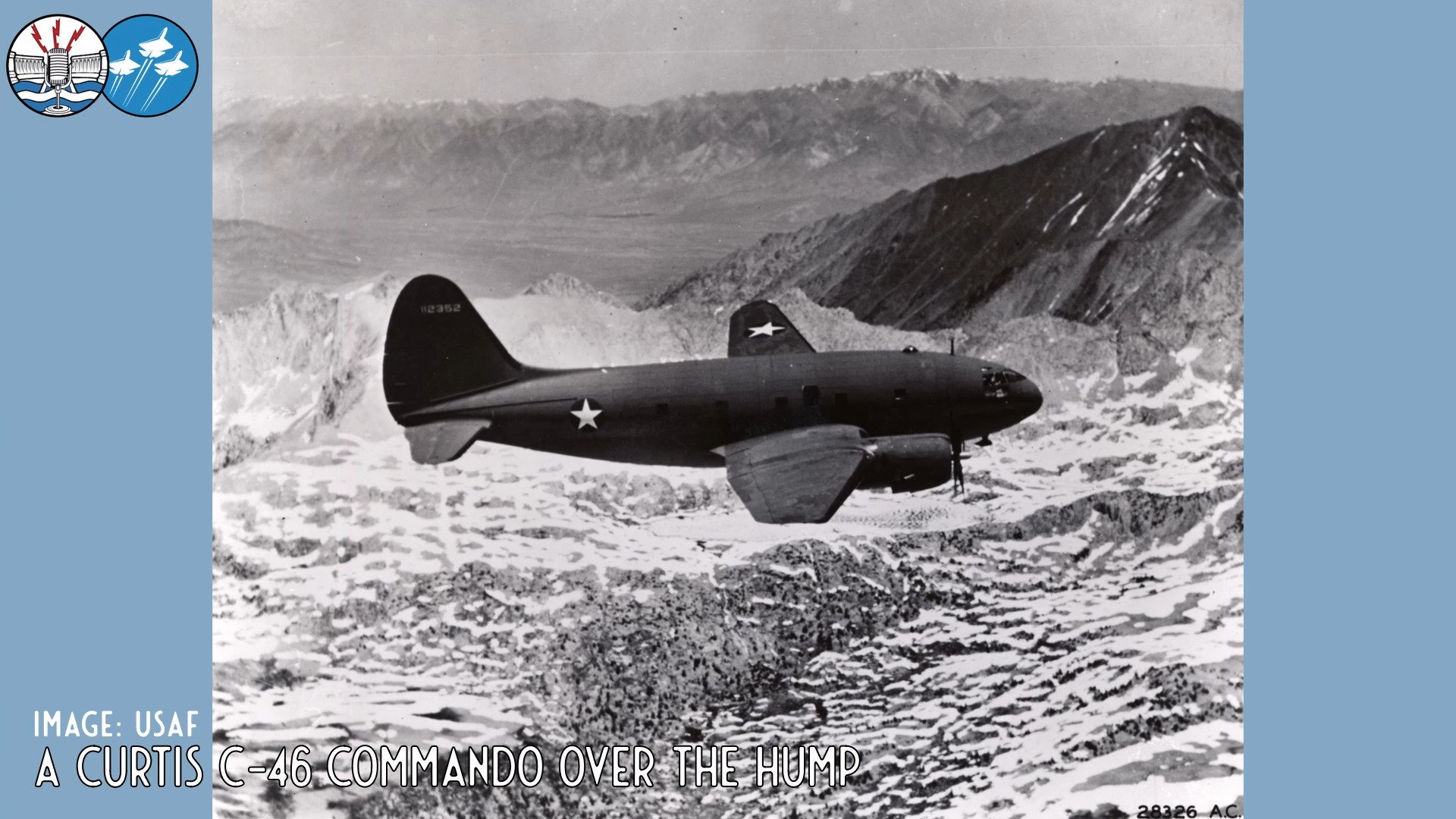
“Forgotten Bastards of India”
Many of the men were barely out of high school. With minimal jungle survival training, they were sent to fly blind through storms and over mountains they’d never seen before. Some cynically referred to themselves as the “Forgotten Bastards of India”—a nickname that reflected not only their deadly assignment but also how little attention their sacrifices received back home.
Flying over the Hump wasn’t just a job—it was a daily gamble with death. The jungle below was a world of darkness, silence, and menace. Pilots who bailed out often landed just yards from their crew and couldn’t even hear them calling. Rescue was uncertain. Survival kits had often been looted, and if malaria or injury didn’t get you, snakes or tigers might.
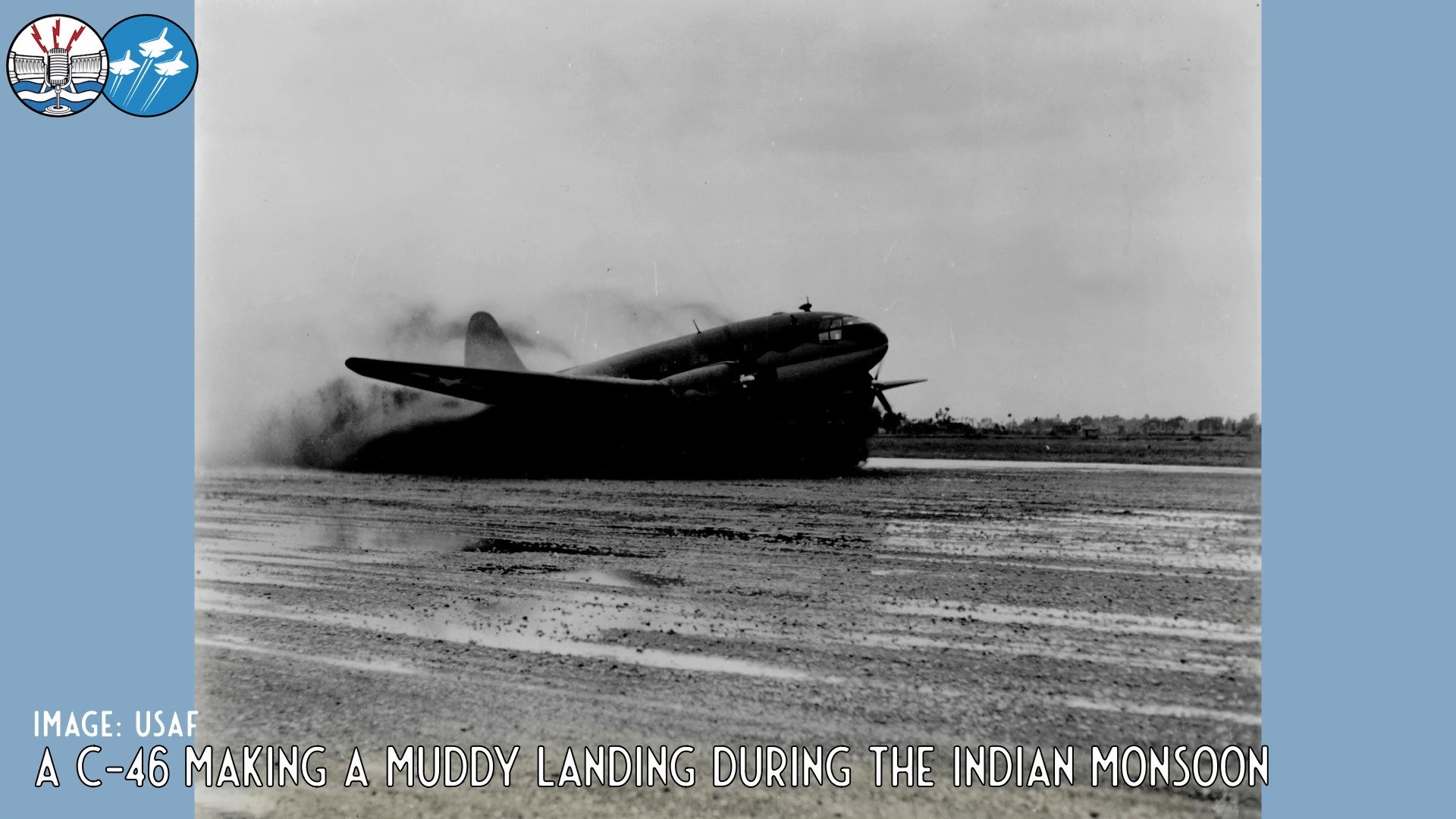
A Lost Legacy
Despite the enormous cost and effort, the Hump airlift faded from memory.

Yet the courage of the men who flew the Hump endures. Undertrained, under-equipped, and often overlooked, they kept flying—because it was what they were asked to do.















